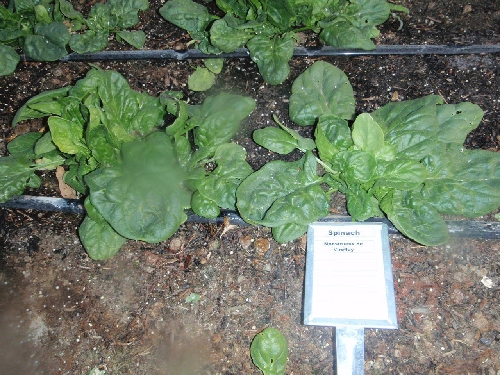Tall lawns more prone to diseases
Q: I'm a little confused on the correct mowing height for tall fescue lawns. I've always thought the school of thought was to mow it to about 3 inches or higher, especially in the summer months. In today's column I read that you suggest 1½-2 inches.
A: Sorry for the confusion. It should have said a minimum of 1½ inches tall. Below this it gets into cutting the stems and thinning the stand too much.
I am also concerned about mowing it too high. I have no evidence for this but if it is too luxurious in its growth and if the canopy is very dense and long, I worry a little bit about disease problems during the heat of the summer when it is most stressed (July and August). I am less concerned during cooler months.
So as long as you keep it longer than 1½ inches and at a height where it can stand straight and not fall over on itself, it should be OK. It is good to let the lawn "breathe," let that moist air exit the canopy and not shade itself to reduce disease potential. That would be my biggest concern about mowing it too high. Hope that makes sense.
Q: Yesterday I planted two rows of Savoy leaf melody hybrid spinach. The instructions on the package are to thin the stand to about 6 inches apart when the seedlings are one-half-inch high. They suggest harvesting in 42 days. Any other points of interest that you can provide me will be greatly appreciated.
A: Put down a spray of Bt (organic spray of a bacterium marketed as Dipel or Thuricide) or a spray of Spinosad (also organic) as soon as you see emergence to protect it from cutworms. Spray the soil and the plants.
Mulch the soil surface with straw or even shredded newspaper to keep it moist. The mulch should be easy enough for the seedlings to grow through and not mat, just barely covering the soil.
Then use a soap and water spray every three days after it comes up (you can make it with 1 teaspoon unscented Ivory liquid or get some Safers insecticidal soap) to keep bugs from munching on the leaves. Spray both the top and bottom sides.
Make sure you added plenty of compost before planting and add bone meal as a source of phosphorus (should have been before you planted). Side dress (sprinkle alongside the row or each plant) with a high-nitrogen fertilizer, such as blood meal, fish emulsion or just a plain nitrogen, such as ammonium sulfate, lightly once a month as it is growing and you are harvesting.
Fence the outside of the plot with chicken wire (1-inch mesh) to keep pesky rabbits or ground squirrels out. If it remains hot outside and you planted it in a hot microenvironment (lots of reflected heat from walls), it will probably flower as soon as it attains some size. If it does, you might want to replant it a bit later.
This should be a good time to plant but sometimes the weather is weird and can stay hot or turn cold when it is not supposed to. It should make it through the entire winter if it is in a protected location. Water frequently, but it kind of depends on the soil. It might be daily if it is hot or every other day if it is cooler.
In a month's time, plant some radishes as well and carrots. If the plants come up growing weakly, it is probably due to a lack of good soil preparation (compost) and/or fertilizer applications. Good soil prep is essential.
Q: I planted a rosemary plant in June that I bought from a nursery. It was in a 5-gallon container. It is planted in an area with full sun all day. It seems to look quite straggly although there are a few blooms on it now. I use a water meter to see how much moisture is in the soil. The meter shows medium moisture on one side and dry on the other after one to two days of watering. I water with drip irrigation. Can you advise me as to how much and how often to water?
A: This sounds like you have the rosemary in a light soil (sandy or nursery potting soil) and are drip irrigating it with perhaps only one emitter. One emitter might work if the soil is heavy enough or has enough clay in it. Light soils will drain quickly, allowing irrigation only in the immediate area around the emitter, basically watering just one side of the plant. Heavier soils will allow the water from the emitter to spread evenly throughout the soil in the container, watering the entire root system.
The area around the plant should be soaked and then allow the soil to dry before irrigating again. If you keep the soils wet, then you may damage or kill it with root rot diseases.
You might want to add more emitters or replant and backfill the area with a different, heavier soil. Rosemary likes full sun and can handle soils that are alkaline and can dry down between irrigations. They will grow best in soils that drain easily but still retain moisture.
There is nothing wrong with soaking the soil surrounding the rosemary, provided the soil drains freely and that you don't water until the moisture level has dropped into the moderate range. This should cure most of these problems provided you can get an adequate handle on timing (how often) your irrigations.
Bob Morris is a horticulture expert living in Las Vegas. Visit his blog at xtremehorticulture.blogspot.com.

















